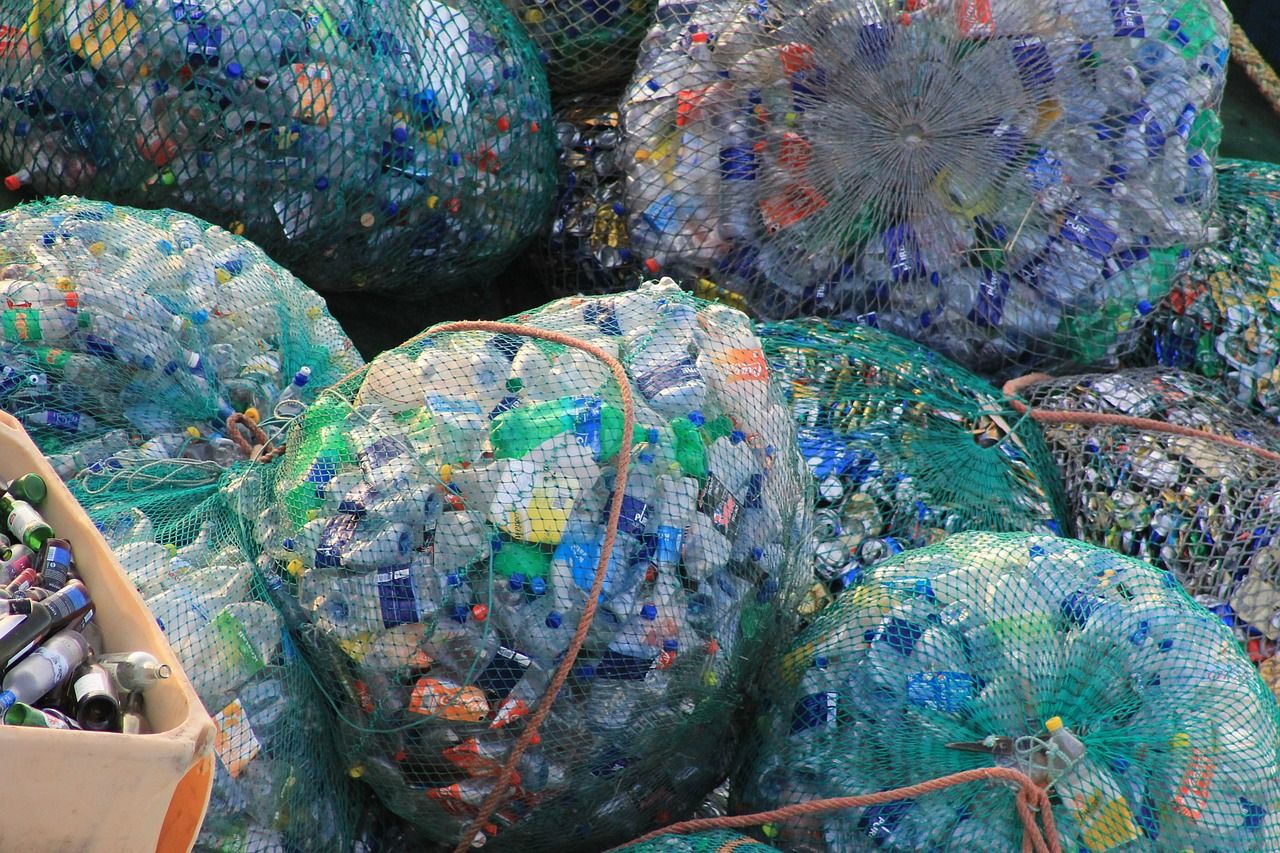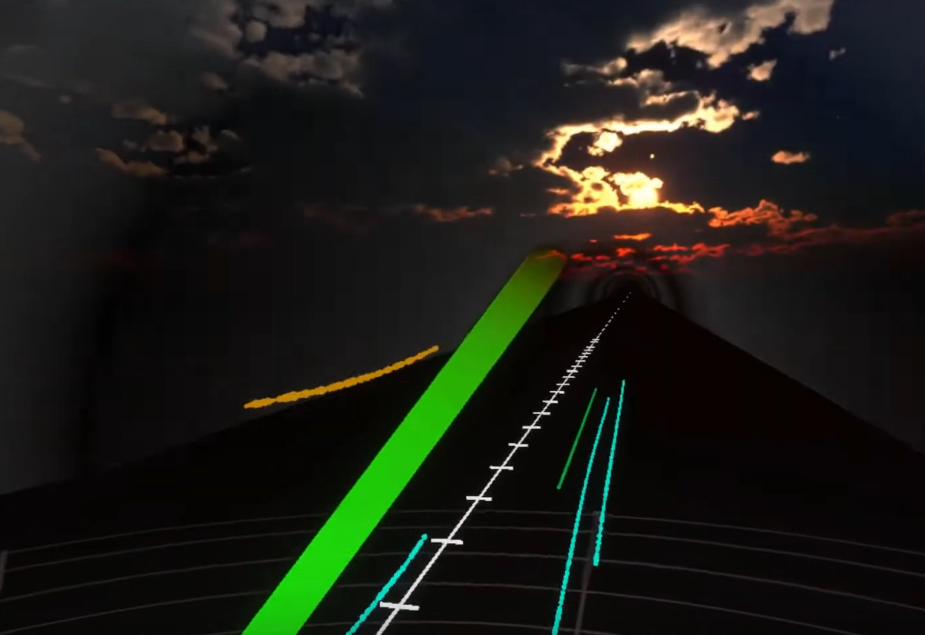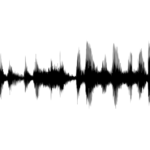Decadom: solutions for monitoring manufacturing defects
IMT Mines Albi and its corporate partner Diota launched the “Inspection 4.0” joint laboratory in 2016 to detect and analyze part manufacturing defects. In 2020, the Decadom project was launched. This initiative has developed inspection solutions based on the use of a scanner hand-held by an operator or mounted on a robot to investigate defects on mechanical parts.
Aircraft wings, vehicle bumpers and engines can sometimes have cracks, dents or scratches that appear during the manufacturing process or the product life cycle. These defects can potentially affect a part’s resistance or appearance. The Decadom* project, launched in 2020 by IMT Mines Albi and Diota, aims to address these challenges by designing digital tools to detect and analyze defects.
“Decadom’s three objectives are to detect defects in a part, characterize them, and locate them on the digital model when it is available,” says Jean-José Orteu, researcher in Artificial Vision and professor at IMT Mines Albi. He is also the coordinator of the Decadom project for IMT Mines Albi. By analyzing a 3D point cloud of the object generated by a scanner and combining this information with 2D images and a digital model, the algorithms detect and pinpoint the location of potential defects (cracks or dents). This identification of the location makes it possible to determine the criticality of the defect. In aircraft maintenance on an engine part, the consequences of the same type of damage can be more or less serious depending on its location. It may adversely affect the machine’s performance and safety.
In 2020 and 2021, Decadom developed two solutions: a manual control solution via a hand-held scanner for operators and an automated control solution via a robot-held scanner. For the first solution, “the human operator can observe and scan damage themselves if they wish to characterize it quickly,” says Ludovic Brèthes, CTO of Diota. The algorithms developed will provide information on the size of a dent, its surface area and depth. The other approach, developed in 2021, involves inspecting the part by means of a “platform with an articulated arm holding a scanner,” says Jean-José Orteu. This method automates the inspection of a complex product, such as an aircraft engine.
Read more on I’MTech: What is digital simulation?
Building block software
Diota has already been able to provide its clients with the Diota Inspect software, which they can use to check the compliance of a part. This type of check aims to verify whether a mechanical part or assembly is compliant with the digital reference model. For example, it can detect assembly defects, such as the lack of a bracket or a bracket installed upside down. Decadom project goes further at it aims to provide Diota customers with a damage inspection solution. “All the software blocks developed for the Decadom project to inspect damages are gradually integrated into the Diota Inspect software,” says Ludovic Brèthes.
In Decadom, once the software has identified the defect’s characteristics, an expert (from the company that produced the part, for example) studies the properties of the defect to make a decision on repair based on the software analysis of the defect. Then, human inspectors can return the part to be repaired or remove it from the assembly circuit if they believe it is too much damaged. A digital model of the part provided by one of Diota’s customers can be used as a reference to help identify defects by comparing it with the 3D point cloud generated by the scanner.
Since some customers already use the Diota Inspect software, they can purchase new extensions based on their needs. “Some of our customers already have compliance control blocks. We could potentially offer them damage control bricks to help them characterize the defects using a 3D scan,” says Ludovic Brèthes. PhD students and postdoctoral students make the day-to-day connection between IMT Mines Albi and the company. “With IMT Mines Albi, we define the guidelines for the research to be conducted as part of the ‘Inspection 4.0’ joint research laboratory,” Diota’s CTO explains. “We provide PhD students with industrial challenges they can work on by developing a new block of the software,” he explains.
Multiple perspectives
“Thanks to our partnerships with manufacturers, we have the opportunity to test our solutions on parts that have undergone common types of damage,” says Jean-José Orteu. “The goal is for Decadom to become the most versatile solution possible and relevant for both composite and metal parts,” says Ludovic Brèthes. This is because different types of materials do not reflect light in the same way. Since a scanner defines the shape of an object based on the amount of light it reflects, it can encounter difficulties in capturing the shape of a part that reflects too much light. “We can reduce this effect by strategically steering the robot to position it on viewing angles from which the reflection does not affect the scan,” Ludovic Brèthes explains. “With the digital model, we can determine the visibility scores ahead of time, which indicate the best places to position the robot to obtain scans with the highest quality,” says Jean-José Orteu.
The Decadom project will end in 2023. For now, “we still need to develop the algorithms and validate their robustness and their ability to handle a large number of use cases,” says Jean-José Orteu.
* The Decadom project is supported by Institut Clément Ader Albi (UMR CNRS 5312/IMT Mines Albi/INSA Toulouse/ISAE SUPAERO/Université Toulouse III) and co-funded by the Occitanie region in France, and Diota company.
Rémy Fauvel













Leave a Reply
Want to join the discussion?Feel free to contribute!